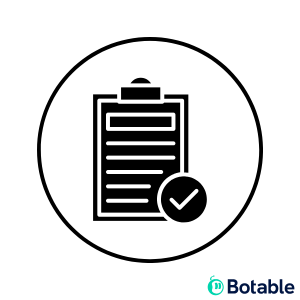Design Review
Design Review is a mandatory, formal meeting held by the device manufacturer throughout the development process to stop, inspect, and critique the device design
Design Review is a critical, mandatory checkpoint in the medical device development process, defined in the Quality System Regulation (QSR) as 21 CFR 820.30(e). It ensures that the device design is systematically scrutinized and approved throughout development to identify and solve problems early.
Definition of Design Review (21 CFR 820.30(e))
A Design Review is a documented, comprehensive, systematic examination of a design.
Manufacturers must establish and maintain procedures to ensure that formal documented reviews of the design results are planned and conducted at appropriate stages of the device's design development.
The primary goals of conducting a Design Review are systematic evaluation and problem identification:
- To evaluate the adequacy of the design requirements.
- To evaluate the capability of the design to meet these requirements.
- To identify problems.
The review meeting is meant to critique the design. The goal is to make certain that the design is progressing toward meeting the design input requirements.
Key Procedural Requirements
1. Timing and Planning
Design reviews must be planned and conducted at appropriate stages of the device’s development. While multiple reviews may occur during the process, the formal review at the end of the Design Output Stage is often considered the Final Design Review. It is the last opportunity to review the design before validation, making changes easier to implement than later in the process.
2. Required Participants (Cross-Functional Team)
The procedures must ensure that the team conducting the review includes members with appropriate perspectives:
- Representatives of all functions concerned with the design stage being reviewed. This may include representatives from manufacturing (such as a Design for Manufacture (DFM) specialist), marketing, or other related departments who may need to request or critique the design.
- An individual(s) who does not have direct responsibility for the design stage being reviewed. This inclusion of an independent person helps ensure objectivity.
- Any specialists needed.
3. Required Content and Documentation
The review must be formally documented, and the records must be retained in the Design History File (DHF).
- The documentation must include the identification of the design, the date of the review, and the names of the individual(s) performing the review.
- Design Reviews should evaluate safety-related issues in all aspects of the product’s life cycle.
- The review should include a failure mode analysis, where participants proactively study what may happen to the functionality of the device in different environments.
Design Review in Context
Design Review is closely tied to the other checking elements of Design Controls:
- Design Verification Link: Design review is considered a form of design verification. The intent of Design Verification (to ensure the design output meets the design input requirements) can be met by conducting a design review meeting. The documentation from this meeting becomes an essential quality record.
- Design Validation Distinction: Design validation follows successful design verification. Design Validation is concerned with whether the final product meets the user needs and intended use (i.e., "I made the correct product"), whereas Design Review and Verification are earlier steps intended to ensure the design fulfills the product specifications.
Ready to see what Botable can do for you?
Book your demo now to see how Botable can transform your workplace.
Identify your unique challenges
Flexible pricing options
Easy integrations
Step-by-step implementation plan
Customize Botable for your workflow
Book a demo
.webp)







